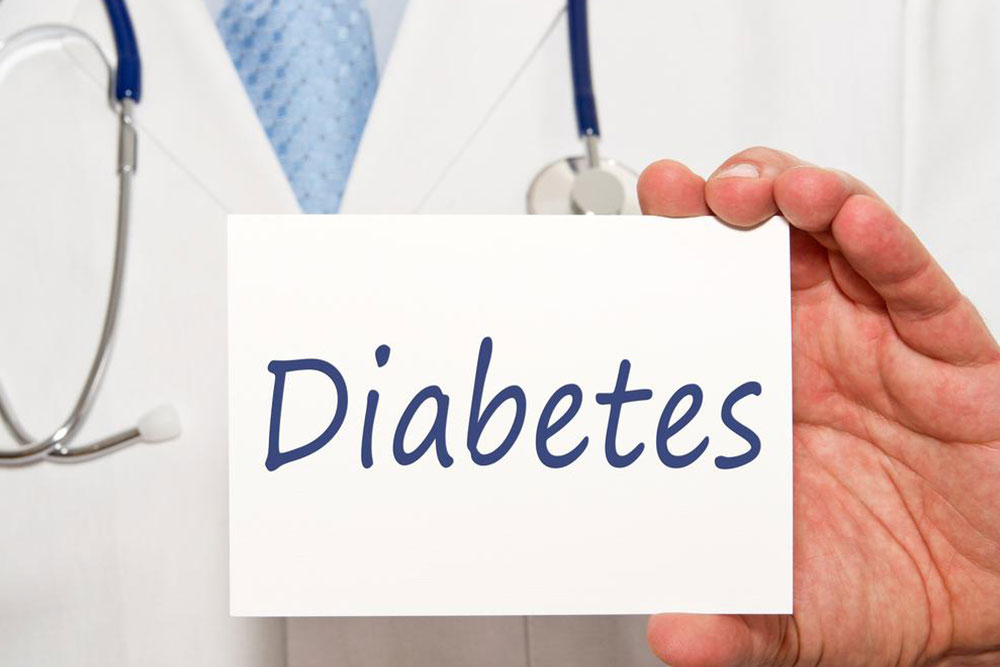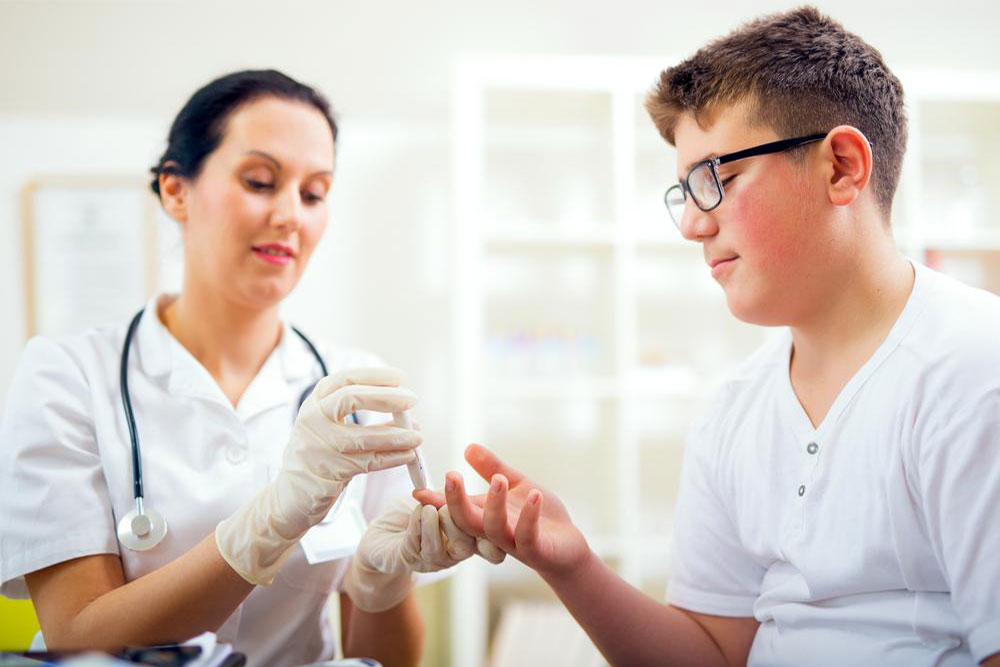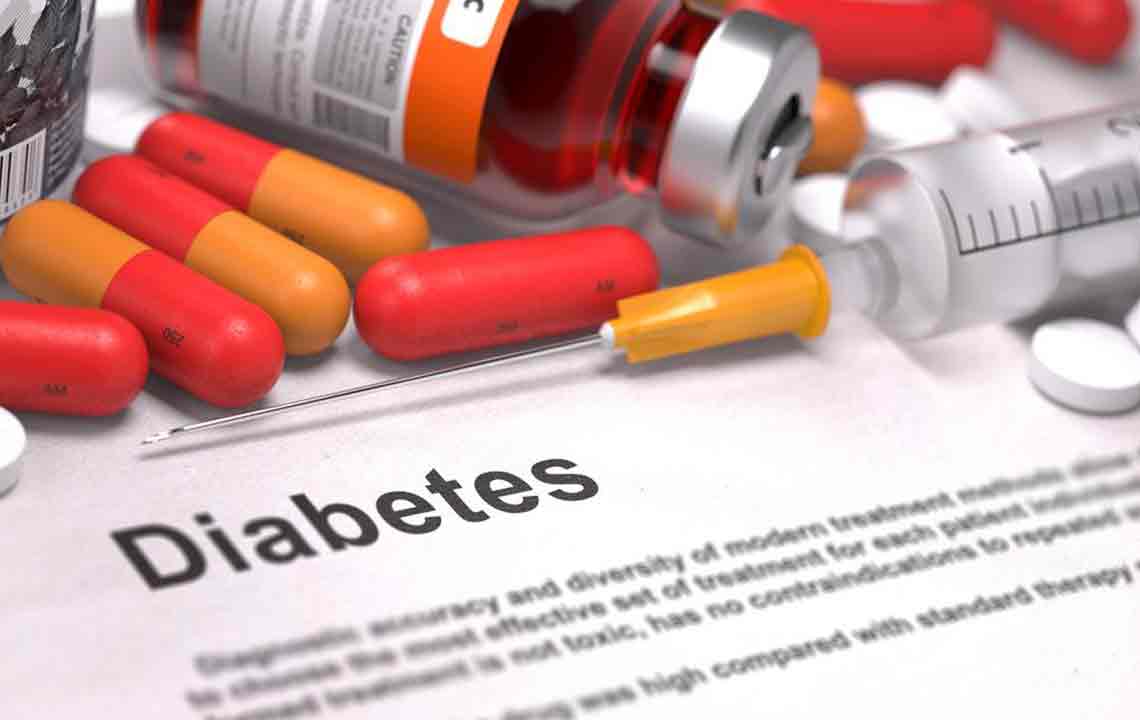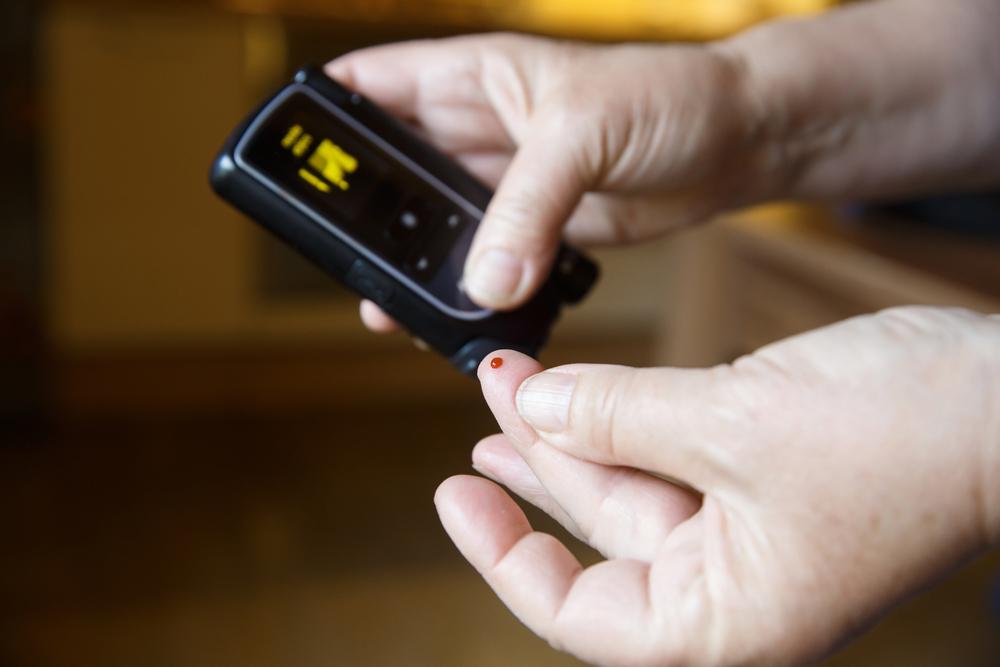Key Strategies for Early Diabetes Detection
Early detection of diabetes is vital for effective management. Recognizing symptoms like frequent urination, excessive thirst, and fatigue allows for prompt action. Lifestyle modifications such as healthy diet and exercise significantly reduce risk. Understanding the differences between Type 1 and Type 2 symptoms ensures timely diagnosis and intervention, preventing complications. Regular screenings and awareness are key in combating the rise of diabetes worldwide.

Approaches to Identifying Diabetes in Its Early Stages
Diabetes arises when the body cannot effectively produce or use insulin.
The primary forms are Type 1, known as insulin-dependent diabetes, and Type 2, characterized by insulin resistance where the body's response to insulin diminishes. A third type, gestational diabetes, occurs during pregnancy.
Among these, Type 2 is most prevalent, indicated by blood glucose levels over 200 mg/dL, disrupting normal sugar utilization for energy.
Many individuals remain unaware they have Type 2 diabetes, often associated with weight gain and fatigue. Early symptoms vary depending on the type.
Identifying Early Diabetes Symptoms
Type 1 diabetes develops quickly due to inadequate insulin production by the pancreas, with symptoms resembling flu-like signs.
Common indicators of high blood sugar:
Frequent urination: Increased night-time urination as excess sugar is expelled.
Intense thirst: Dehydration from frequent urination causes increased fluid intake.
Sudden hunger: Calorie wastage prompts unexpected hunger episodes.
Unintentional weight loss: Dehydration or calorie loss without utilization leads to weight reduction.
Tiredness and vision changes: Result from energy shortage and dehydration.
Low blood sugar symptoms: Below 70 mg/dL, signs include sweating, shakiness, nausea, dizziness, vision issues, and rapid heartbeat. Immediate response is crucial.
Type 2 diabetes signs: Similar to Type 1, with added symptoms like slow healing of sores and cuts. Early recognition makes timely treatment possible.
Factors such as obesity, high cholesterol, and hypertension increase the risk. Adopting healthy eating habits and regular physical activity play a key role in prevention. Lifestyle changes can greatly diminish the likelihood of developing diabetes.
Note: Our blog provides a wide range of health information but is not a substitute for professional medical advice. Always seek guidance from healthcare providers for diagnoses and management. The site may not include all available treatment options.


